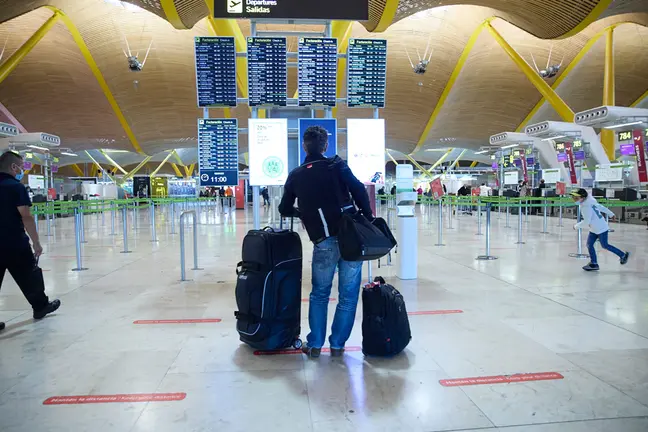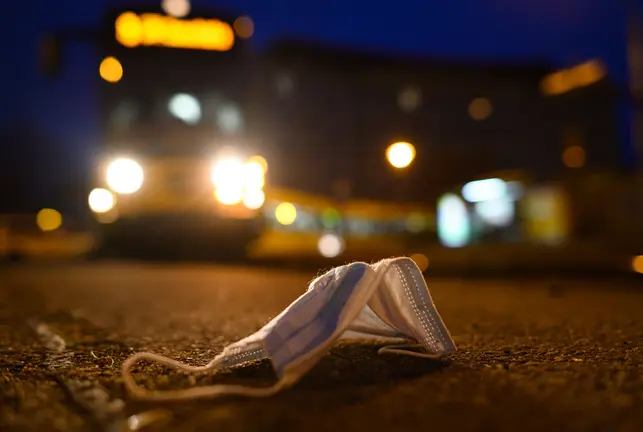The coronavirus situation remains stable in Finland, says the Ministry of Social Affairs and Health, although the number of infections and the incidence of the disease increased at the beginning of August, compared to the low figures in June and at the beginning of July. Since then, the numbers have stabilised.
During the latest period of assessment (week 35, 24–30 August), a total of 132 new cases were reported to the communicable diseases register, while in the previous week (week 34, 17–23 August), the number of reported cases was 187. The national incidence of new cases during week 35 (24–30 August) was 2.4 per 100,000 inhabitants, which is slightly less than in the previous week.
Currently, the estimated basic reproduction number is 1.20-1.30, with a 90 per cent probability. This value indicates how much the virus is spreading. A reproduction rate higher than 1 means that, on average, each patient carrying the disease infects more than one person.
The incidence of new cases in the two-week period (weeks 34–35, 17 July–30 August) was 5.8 per 100,000 inhabitants and in the preceding two-week period (weeks 32–33, 3–16 August) it was 6.0 per 100,000 inhabitants.
The importance of this figure is that Finland has established 8 cases per 100,000 inhabitants in the previous 14 days, or alternatively 10 cases for certain countries, as the maximum limit to allow unrestricted border traffic.
Exposures during leisure time
Some of the new confirmed cases are related to known domestic or foreign-based chains of transmission and clusters of cases that are being monitored. On Thursday, Helsinki health officials reported that around 300 students of medicine from the University of Helsinki have been exposed to the disease during a traditional initiation event.
According to the Ministry, mass exposures have also taken place in larger family gatherings, public events and recreational activities. Most of the exposures are related to leisure time, but some people have been also exposed to the coronavirus in workplaces.
Several mass exposures have also been reported in daycare centres, schools and educational institutions in recent weeks.
On Thursday, the National Institute for Health and Welfare (THL) reported 39 new infections, bringing the total number of cases to 8,200.
The health authorities have also updated the number of deaths from the disease, which now is 335, lower by one than previously reported.









